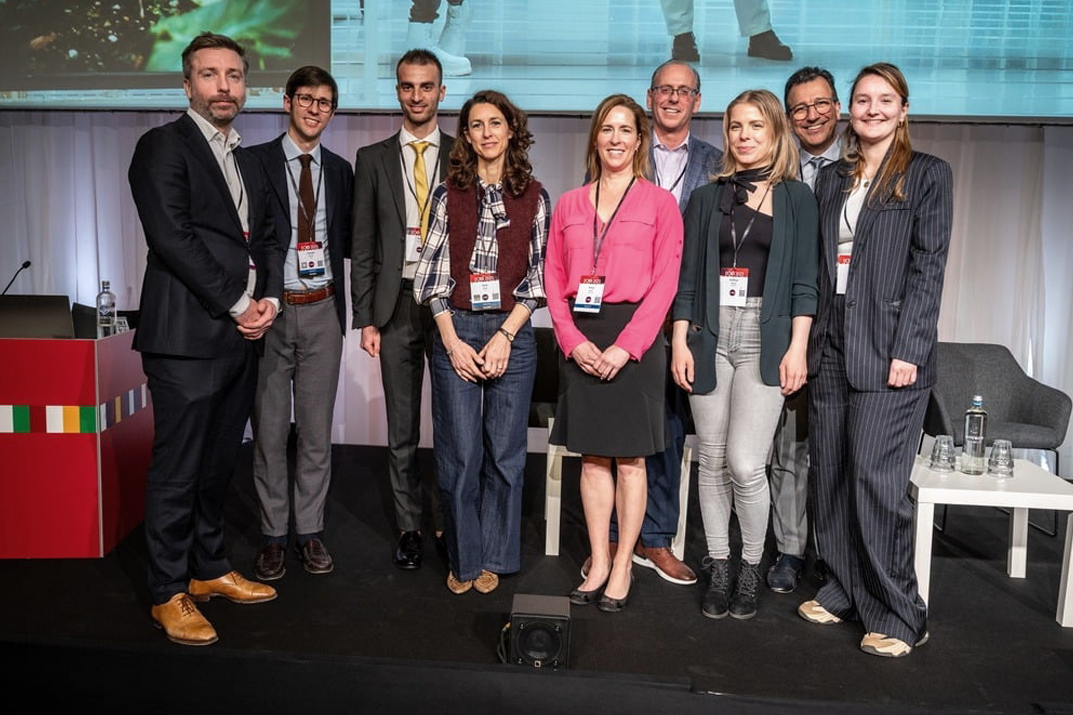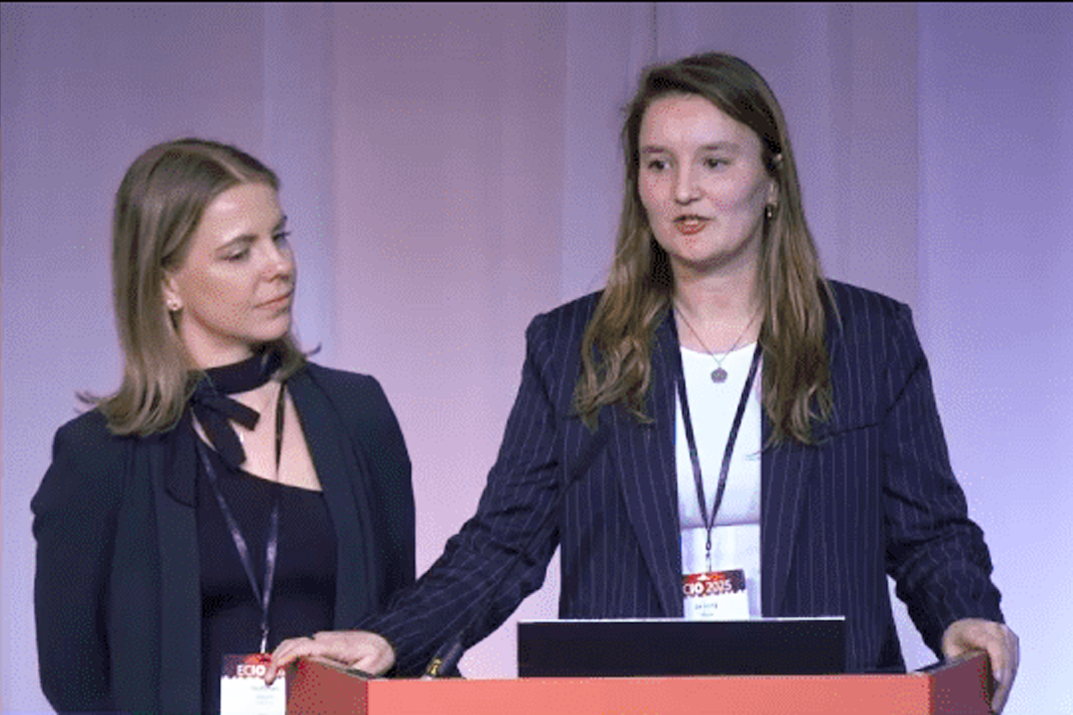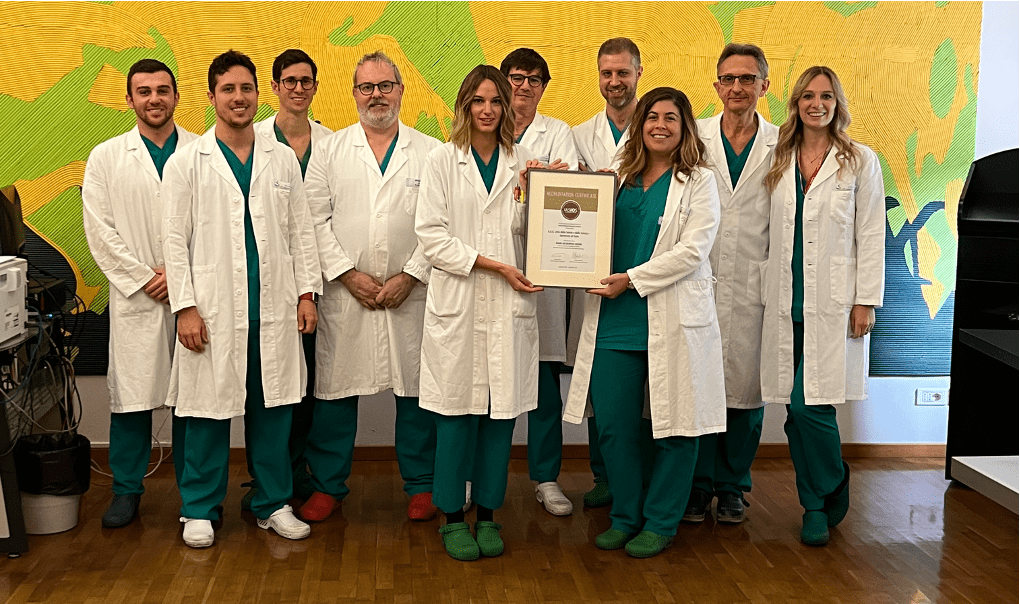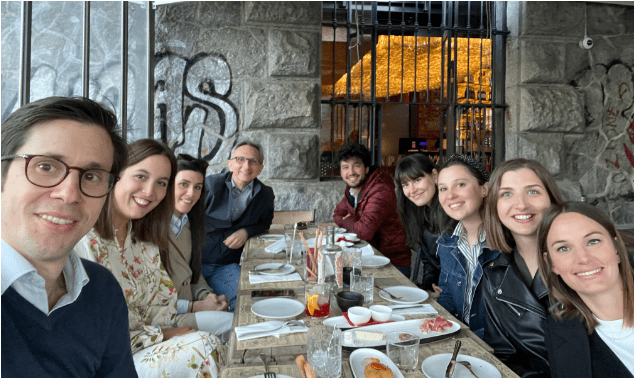Advancing interventional oncology practice through collaborative learning
The IASIOS Educational Subcommittee (ESC), chaired by Prof. Marco Calandri from the University of Turin, is working to enhance interventional oncology (IO) practice by creating practical, collaborative learning opportunities for clinical teams. It focuses on peer exchange, multidisciplinary workshops, resources and networks for radiographers and nurses, and shared resources that help IO departments align with accreditation standards and grow together. CIRSE Insider spoke with Prof. Calandri about current initiatives, the value of informal learning networks, and how educational efforts are contributing to the ongoing advancement of IO service delivery.
CIRSE Insider: Prof. Calandri, could you briefly introduce your clinical and academic background?
Calandri: I am an Associate Professor of Diagnostic and Interventional Radiology at the University of Turin, where I focus on interventional oncology, particularly ablation procedures in the liver, kidney, and lung. My research is centred on trials evaluating ablation treatments and confirmation software, with the aim of improving standardization and reproducibility in outcomes. I believe this is critical for strengthening the discipline – our procedures need to deliver reliable and reproducible results across diverse clinical settings.
CIRSE Insider: What is the IASIOS Educational Subcommittee, and what is its purpose?
Calandri: The subcommittee was created in 2024 to develop practical support and educational opportunities for IO departments, both during the IASIOS accreditation process and afterwards. We work to identify common challenges and support clinical teams in addressing them. This includes initiatives that foster peer exchange and sharing institutional best practices.
CIRSE Insider: What are the current objectives of the subcommittee?
Calandri: Our work is focused on three key areas. First, we are compiling topic packages, i.e. curated lists of material accessible through the CIRSE Library, that can support IO departments in developing their clinical services and aligning with IASIOS standards. Second, we are organizing IASIOS workshops that bring together full IO service teams to discuss shared challenges and strategies. Finally, we aim to build networks among accredited centres to facilitate the exchange of experience and improve visibility. All of this is meant to help departments grow together, not in isolation.
CIRSE Insider: How does education fit into your broader approach to interventional oncology?
Calandri: I strongly believe in mentorship. Everyone talks about meritocracy, and of course that’s important, but mentorship is just as crucial, if not more. It’s how we pass on the subtleties and nuances of the work that cannot be captured in textbooks. I owe a great deal to the diagnostic and interventional radiologists who taught me the craft – true mentors who showed me when to persist, when to pause, and how to clearly explain everything we do to our patients.
In our university, residents don’t formally subspecialise in interventional radiology, but they can focus on it in their final years. We provide lectures and hands-on training. For instance, biopsies are often the first percutaneous procedures they perform, and they’re incredibly formative – they teach residents how to read and approach lesions, which is foundational for more complex and advanced percutaneous interventions.
CIRSE Insider: You chaired the first IASIOS workshop “Empowered Teams, Exceptional Care: The Essential Role of Radiographers & Nurses in IO” at ECIO 2025. What were the key outcomes?
Calandri: The workshop brought together physicians, nurses, and radiographers from IASIOS centres to share their experiences across the full IO care pathway, from patient admission to follow-up. The first part focused on coordination and communication before, during, and after treatment, while the second addressed the complexity of diverse IO treatments across different clinical settings and roles. We heard insightful contributions on nursing-led follow-up, radiation safety for radiographers, and effective intraprocedural teamwork. What stood out was the diversity in how IO services are organized. Even among high-performing centres, workflows vary significantly. That confirmed for us that educational exchange is essential in identifying good practices and supporting harmonization.
CIRSE Insider: What are the next steps in IASIOS educational efforts?
Calandri: The next initiative is a course on communication at multidisciplinary tumour board meetings (MDTBs) held in Torino, which I will co-host together with Prof. Laura Crocetti and which is organized in collaboration with the European School of Interventional Radiology. The first day will examine the clinical evidence supporting the role of IR in tumour board discussions. On the second day, communication coach Sara Perugia will provide soft-skills training on presence, communication, and clinical positioning. The aim is to help interventional oncologists engage more effectively with referring teams. As interventional oncologists, we are known for our technical skill, but we must also be credible and present in clinical discussions. I like to quote Dr. John Kaufman from an early CIRSE event: “Cooperate when you can, compete when you must.” For me, 99% of our field should be about collaboration.
CIRSE Insider: Your facility is an IASIOS Accredited Centre. How has that shaped your internal processes?
Calandri: IASIOS accreditation confirmed that we were doing many things well, but also helped us identify gaps. More than anything, it brought our team closer together and gave us a shared sense of purpose. An important ongoing shift is that nurses and radiographers are increasingly beginning to see themselves as integral members of a dedicated and structured interventional oncology service, rather than merely support staff. That change in perspective has had a lasting effect on how we work together.
CIRSE Insider: What advice would you give to departments preparing for IASIOS accreditation?
Calandri: Start by reading through the CIRSE Standards of Quality Assurance in Interventional Oncology and assessing your current practices. Most departments already meet the requirements in substance, but the process of gathering documentation and engaging other hospital departments takes time. That effort is worthwhile, and it fosters internal collaboration. For example, I had the opportunity to work with our risk management team, which I hadn’t done before. The process itself helps build a more connected and reflective clinical service.




